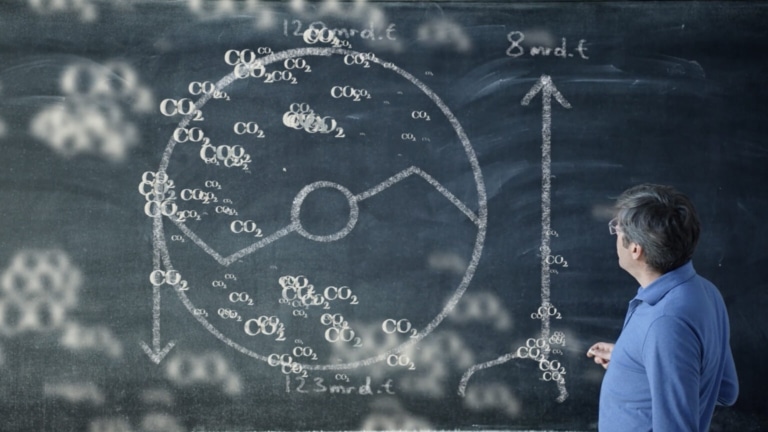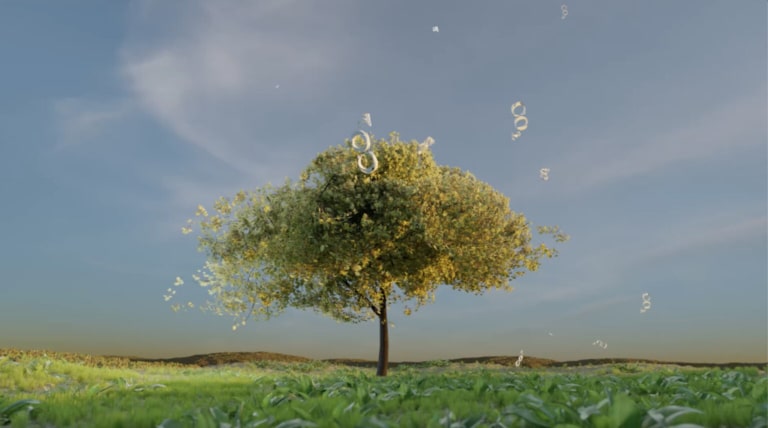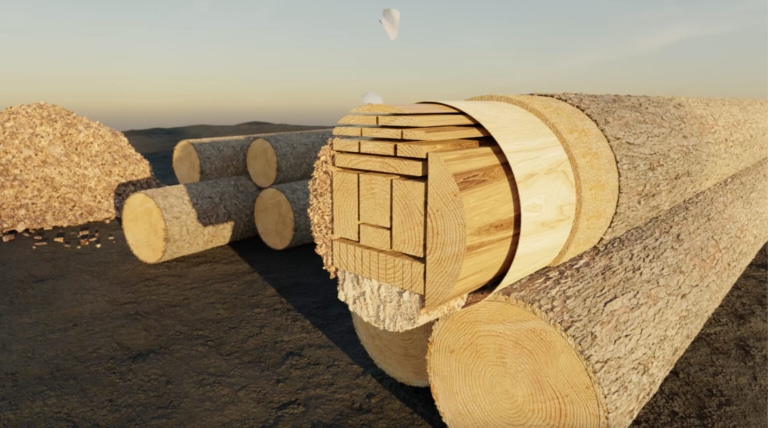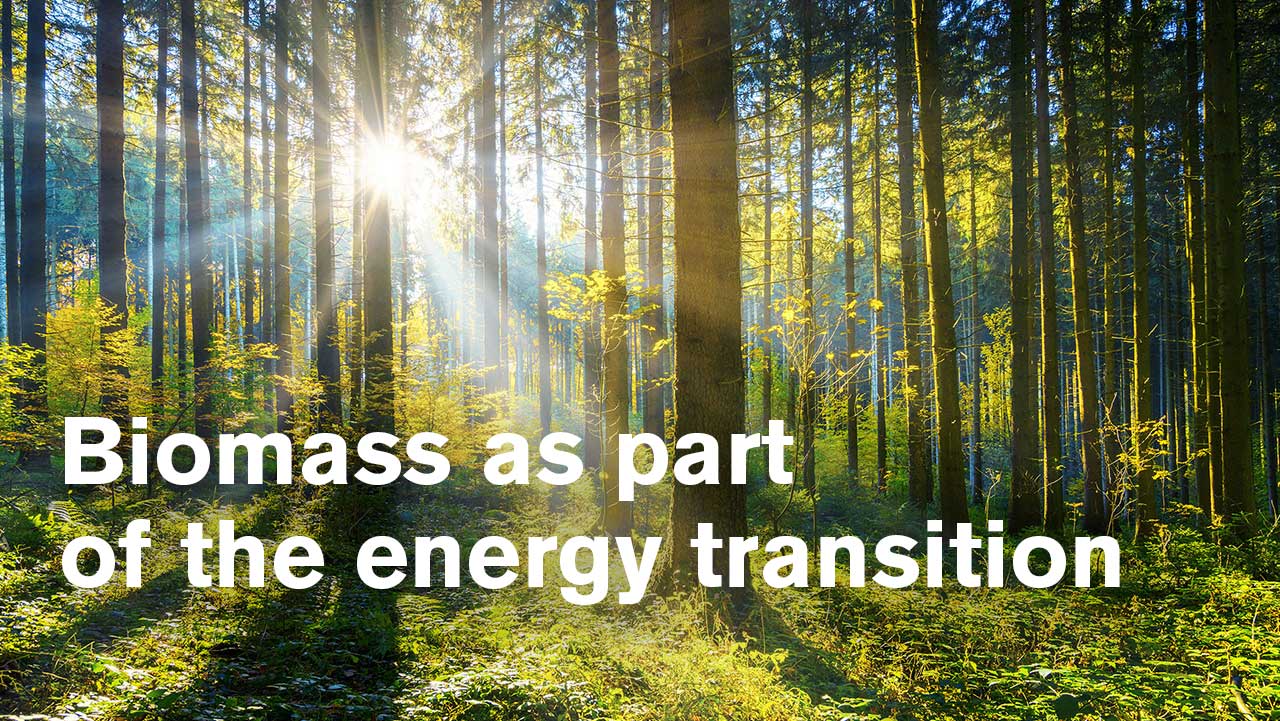Sustainably managed forests play an important role in tackling the climate crisis. The Austrian Biomass Association has addressed this issue in detail and presented it with scientific findings in an lavishly animated information film. Among other things, it explains in detail what CO2 is and why wood or biomass as an energy source are CO2-neutral. In this article we have summarized the most important points for you
A climate-friendly future with biomass
“With modern technology, bioenergy can even become CO₂-negative by capturing the carbon during energy production and storing it in the soil. This can even cool the climate after fossil energy phases out. If we combine all this, then the forest will develop a huge potential and together with (…) other renewable energies, this can really be a way out of the climate crisis, which we urgently need” , Andreas Jäger (climate expert).
climate crisis
The challenge of CO₂ emissions
The climate crisis is one of the greatest challenges of our time. Its origins date back to the 19th century, when more and more fossil fuels were used as energy sources as part of the Industrial Revolution. The burning of coal, oil and natural gas has caused and continues to cause the CO₂ content in the atmosphere to rise.


Climate expert explains carbon dioxide cycle
What is CO₂ and what role do plants play in it?
Andreas Jäger, a meterologist and climate expert, explains in the infographic that CO₂ – or carbon dioxide – is a greenhouse gas that is responsible for warming our planet. Still CO₂ remains essential for life on earth, because all plants and other living things need this chemical compound of carbon and oxygen for their energy supply and growth. This is because plants convert CO₂ into biomass with the help of solar energy and water. Put simply, a plant grows by absorbing sunlight, water and CO₂, thus forming branches, leaves, fruits, seeds, and so on. The remaining carbon is released again through plant respiration. In the fall, the leaves and fruits rot and in the spring the cycle begins anew.
This process repeats itself over and over again in a vital plant. This means that for as long as a plant is alive, it absorbs CO₂ and accumulates carbon until the uptake gradually decreases and the tree eventually dies. Then all the carbon escapes back into the air. In the forest, however, young trees are constantly growing back, which also absorb CO₂ – so overall, a forest absorbs about as much CO₂ as it releases. This cycle is in balance, i.e. CO₂-neutral.
A small insight
The natural CO₂ cycle
Andreas Jäger goes into a little more detail about the natural carbon cycle, explaining that it essentially consists of two parts: In photosynthesis – which is the first part – the plant absorbs CO₂ from the air and produces biomass with the help of sunlight and water. The second part is oxidation, in which the plant’s biomass is converted into energy, releasing CO₂ in the process.


Release of entrapped carbon
Fossil fuels and CO₂
This contrasts with fossil fuels, whose carbon was extracted from the air millions of years ago and trapped in the earth’s crust, causing the earth to cool over time – until now. Excessive extraction of coal, natural gas, and oil is pulling this same carbon from the depths, further driving climate change. The burning of fossil fuels additionally pumps into the atmosphere each year about eight billion tons of carbon that was previously trapped, .
Nature’s natural carbon cycle – which is CO₂-neutral – is 120 million tons of carbon. If just 5% of that were used for bioenergy, we could completely phase out coal, oil and gas. “The managed forest can really help us in this regard in multiples ways, because more than 40% of the world’s photosynthesis takes place in managed forests. And at the same time, the managed forests are the most important renewable energy source,” adds Andreas Jäger.
Sustainable forestry and timber industry
Wood as a renewable energy source
Currently, sustainable forestry and timber management according to the European model makes 10% of the natural carbon cycle in the forest usable for humans. In the process, the fine branches and the rootstock remain in the forest when the wood is harvested. Low-quality wood (e.g. beetle wood) can be used as an energy source. Industrial wood is used to produce pulp, cardboard or paper, with even more wood energy as a by-product. The most valuable wood, sawmill roundwood, is processed into durable wood products, storing some of the carbon for the long term. Wood that does not rot unused can help replace fossil fuels such as coal, oil and natural gas, as well as climate-damaging building materials, thus protecting the climate. This also helps the forest because, among other things, old or unsuitable trees can be removed, giving healthy trees more space.


